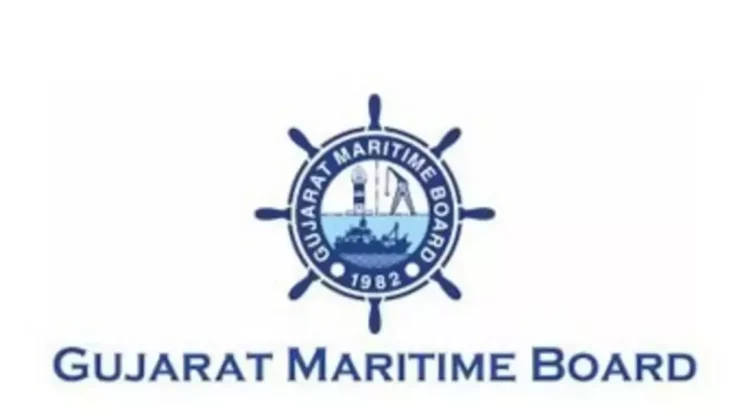
GMB to prepare a master plan for its non-major ports
GANDHINAGAR : Gujarat is taking its non-major ports (NMPs) operated by the Gujarat Maritime Board (GMB) to the next level with plans to enhance capacity, efficiency, safety, and sustainability of port operations.
A master plan and implementation plan is to be prepared for the NMPs up to the year 2047. The plan will help in streamlining operations, minimise risks and ensure ports remain competitive and resilient in a dynamic global trade environment.
The GMB, founded in 1982 is responsible for management, control and administration of 48 ports, including Bedi, Bhavnagar, Dahej and Porbandar.
From 3 per cent of the total national port traffic handled by non-major ports ( or minor ports) of Gujarat in 1982-83, Gujarat’s non-major ports handled 416 million tonne (mt ) of cargo in 2022-23. This was about 30 per cent of total traffic handled by all Indian ports, and 65 per cent of traffic for all NMPs of India.
The capacity of Gujarat’s non-major ports during 2023 was 593.01 mt .
GMB has issued a request for proposal (RFP) for advisory services for the development of a master plan for all the GMB operated ports in Gujarat.
Gujarat has a coastline of 1,600 km, the longest in the country. This gives Gujarat the advantage of being near to the Middle East, Africa and Europe having the highest number of commercial cargo ports.
The aim of developing a master plan for ports is to ensure the efficient, safe and sustainable functioning of the ports while considering the broader economic, environmental, and social factors that influence its operations and development.
Capacity assessment
The development of a master plan for ports serves several important aims and objectives, all of which are aimed at improving the capacity, efficiency, safety, and sustainability of port operations. The master plan shall include the existing capacity assessment of GMB operated ports and outline the requirement of development of infrastructure such as terminals, berths, roads, railways, and cargo handling facilities.
The plan aims to identify and prepare for capacity expansion to accommodate growing trade volumes and larger vessels. This may involve dredging deeper channels, constructing new berths, or expanding storage areas. This should include assessment based on but not limited to geographical location, alignment with international shipping routes and combined synergy between all ports.
Green ports in the making
The master plan will include key components for green ports such as environmental impact assessment, energy efficiency, emissions reduction, water quality and conservation, waste management, green infrastructure, noise reduction, regulatory compliance, monitoring and reporting, research and innovation, certifications and recognition, the RFP said.
